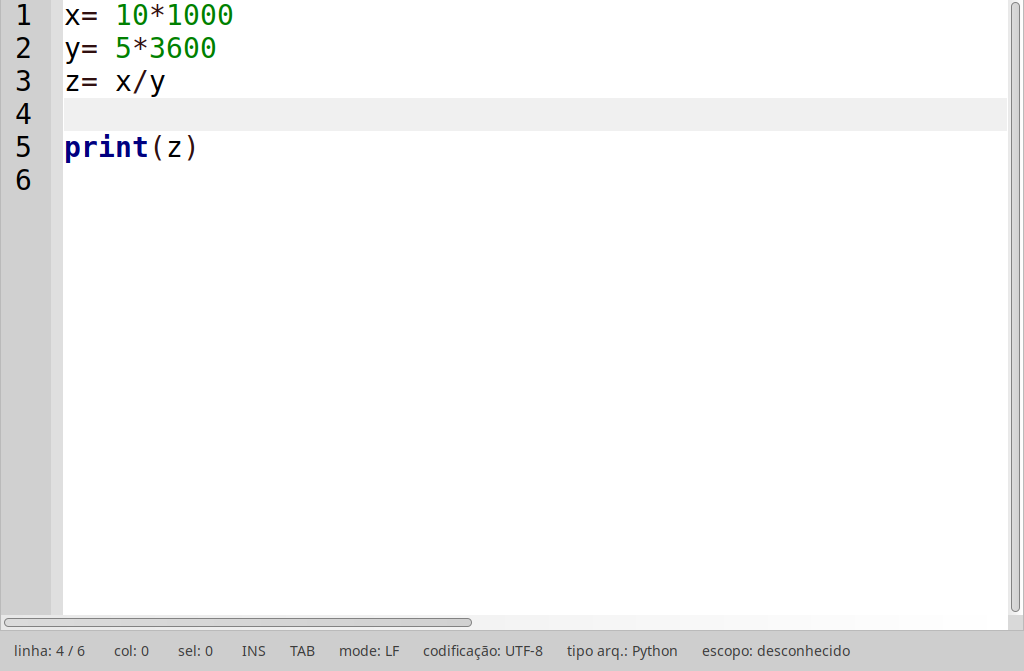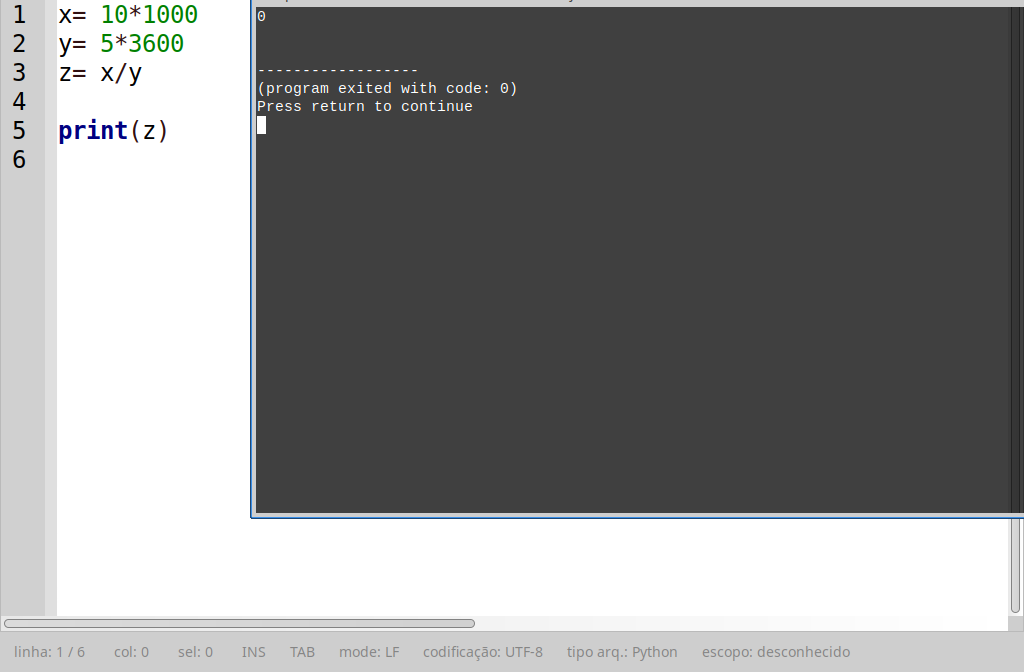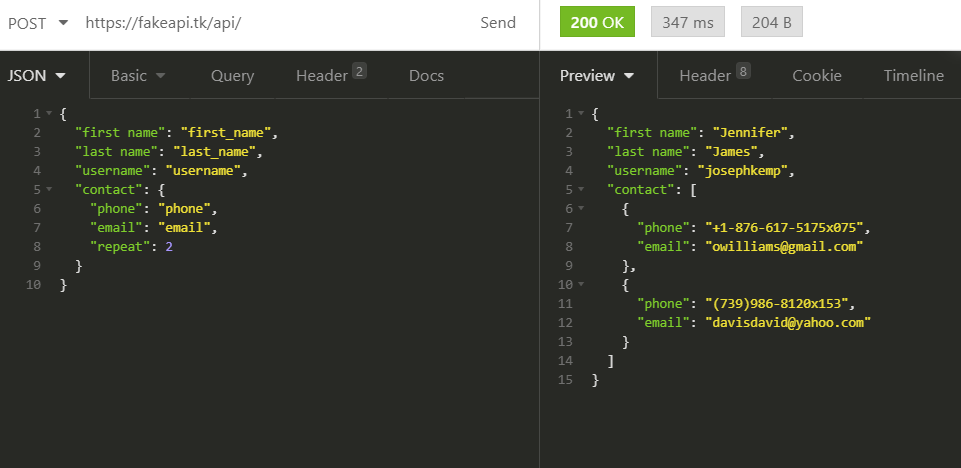Python
3222 readers
1 users here now
News and discussions about the programming language Python
founded 6 years ago
MODERATORS
76
77
78
79
80
81
1
'How to iterate over rows in a DataFrame in Pandas' is the most copied post on StackOverflow
(stackoverflow.blog)
82
83
84
85
86
1
87
88
89
90
91
92
93
94
7
Artificial Intelligence, Machine Learning, and Deep Learning ( Complete Guide )
(www.learnandmakeit.com)
95
96
97
98
99


